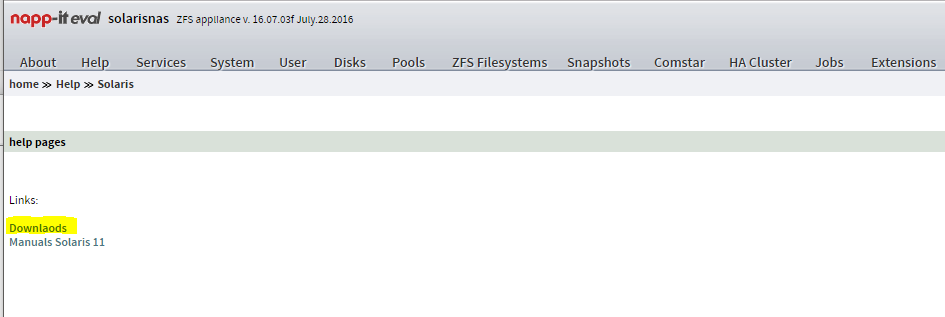Irishllama
[H]ard|Gawd
- Joined
- Nov 29, 2004
- Messages
- 1,634
Why does napp-it not register the hostname with AD when you join?
I'm not able to connect to my NAS via the hostname, only IP.
Also, any easy way to understand how to add SMB share permissions? I can see the share as a guest, but I'd like to remove guest access and only allow the administrator (which I have set up as a proxy to root) and a specific group like "staff".
I'm not able to connect to my NAS via the hostname, only IP.
Also, any easy way to understand how to add SMB share permissions? I can see the share as a guest, but I'd like to remove guest access and only allow the administrator (which I have set up as a proxy to root) and a specific group like "staff".
Last edited:
![[H]ard|Forum](/styles/hardforum/xenforo/logo_dark.png)


